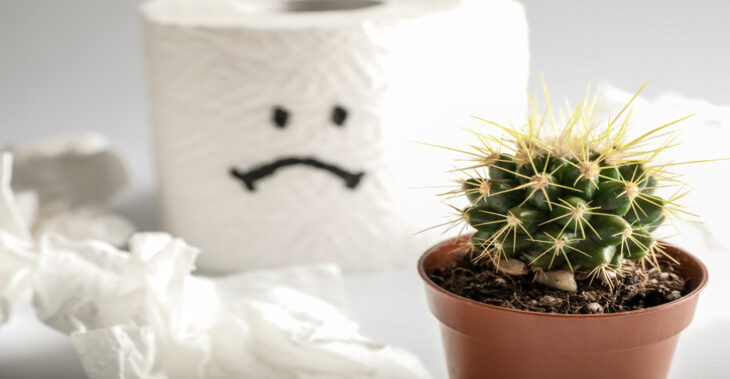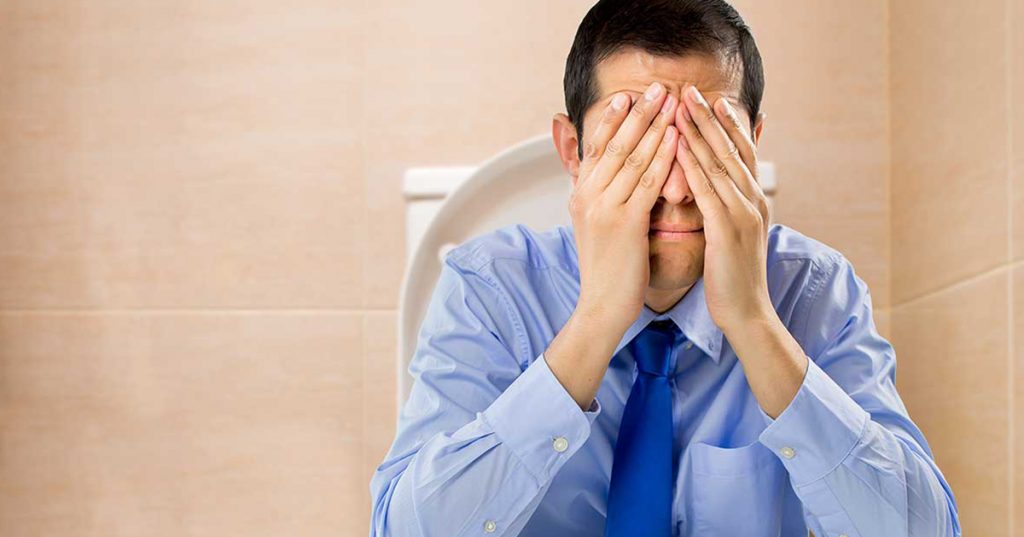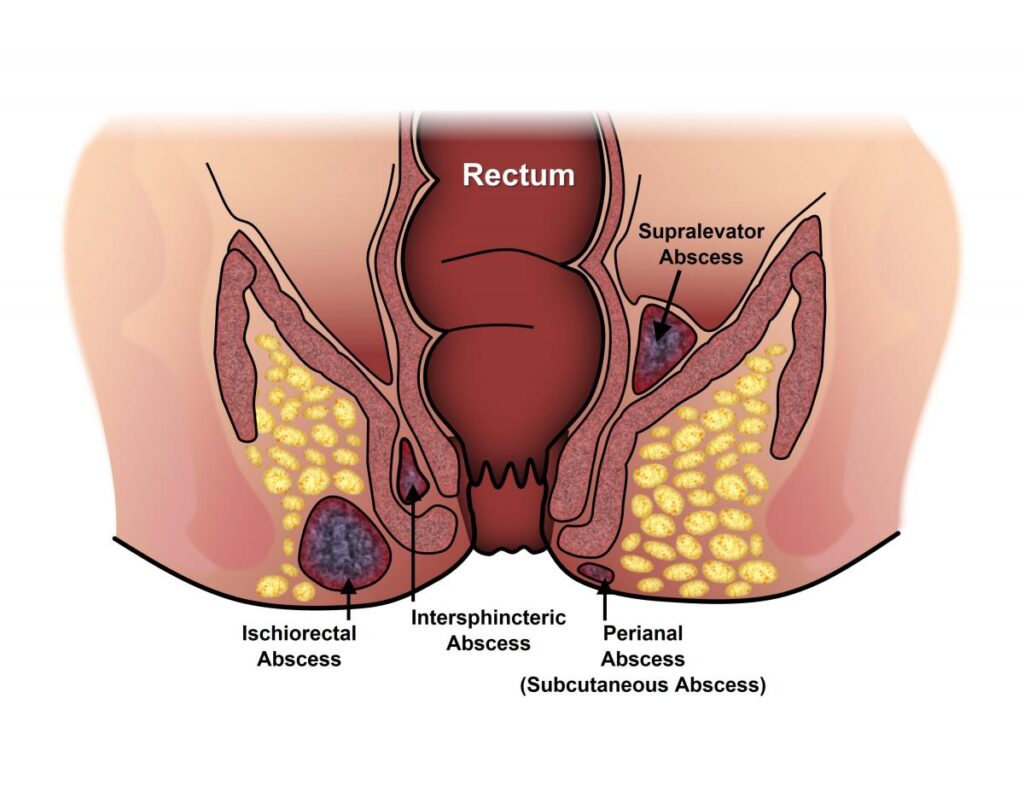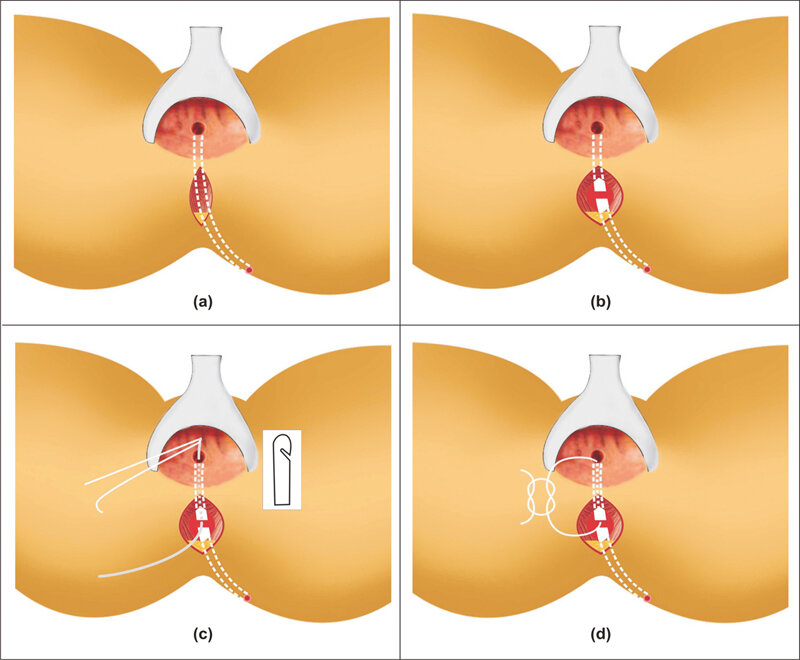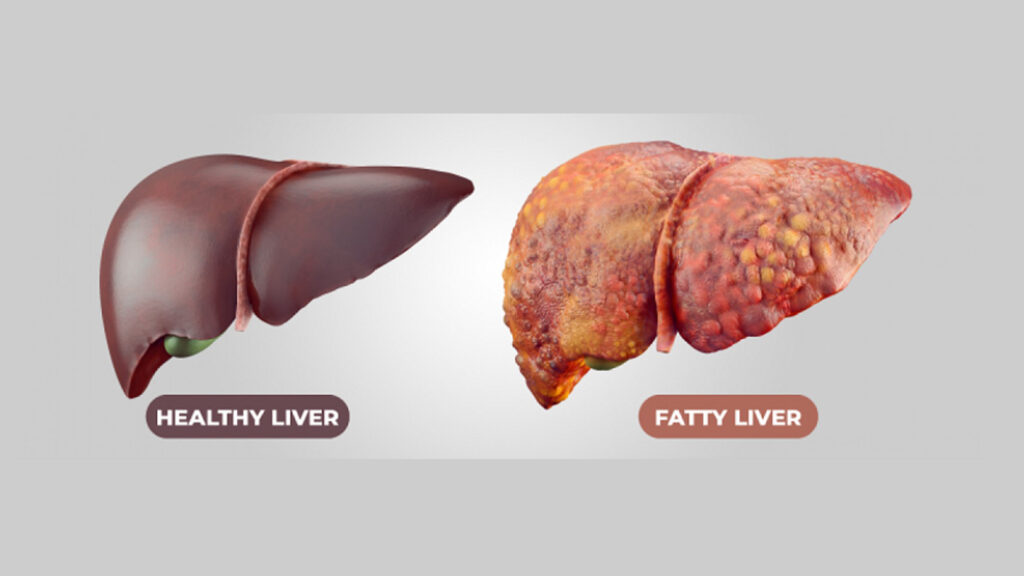Piles also known as hemorrhoids, are swollen veins in the anal canal region. When in their normal state, they act as cushions to control the passage of stools. While the exact cause of piles is unknown, studies have shown that factors that increase pressure in the anal area during excretion are hugely responsible for piles.
A person suffering from symptoms like a burning pain in the anal region while sitting or passing stools must consult a doctor for a diagnosis of the condition. Follow the treatment advised by a doctor. Along with the prescribed medicines or surgery, you’ll be asked to follow a healthy lifestyle and diet. Initial measures consist of increasing fiber intake, resting and drinking enough fluids to maintain hydration throughout the body. Medicated creams may be applied to the area, but their effectiveness can falter depending on the severity of your situation.
What are the causes of Piles?
The exact cause behind the occurrence of hemorrhoids is still unknown. While it is difficult to pinpoint what causes piles accurately, there are several factors to may contribute to piles:
- Nutritional factors (low-fibre diets)
- Irregular bowel habits (constipation or diarrhea)
- Lack of regular exercise
- Increased intra-abdominal pressure (prolonged straining or pregnancy)
- Genetics
- Faulty valves within the hemorrhoid veins
Other factors that could equally contribute to the occurrence of piles could be:
- Pelvic floor dysfunction
- Prolonged sitting
- Obesity
- Squatting may also increase the chances of severe hemorrhoids
Types of Piles
- Internal piles: This type of Piles occurs inside the anal cavity, but can often hang out of your anus. This kind of Piles can be further classified, spending on how much they come out:
- First degree: In this case, the Piles do not come out of the anus but might bleed.
- Second degree: It comes out during bowel movement but then goes inside later.
- Third-degree: It comes out occasionally but will go inside if you gently push them.
- Fourth degree: They are partially out of your anus and cannot be pushed inside. They can swell and can result in immense pain if blood clotting occurs inside the lump.
- External piles: This type occurs close to the anus below the anal canal. They can be painful if blood clots are inside the lumps.
- Prolapsed piles: Both internal and external hemorrhoids can prolapse, meaning they stretch and bulge outside of the anus. These hemorrhoids may bleed or cause pain.
Symptoms of Piles
- Itching in the anal area
- Pain in the anal region, especially when sitting for a long time
- One or more hard, tender lumps near your anus region
- Bleeding from your rectum. It is visible as bright red blood on the stool, on toilet paper or in the toilet bowl after a bowel movement
- Pain and/or discomfort while passing stools
Home Remedies for Piles
- Sitz Bath: Warm baths can help soothe the irritation that hemorrhoids cause. Try using a sitz bath. A Sitz bath is a method that uses a small plastic tub that fits over a toilet seat so you can just immerse the affected area. Betadine solution or other antiseptic solutions advised by a doctor can be used to add to this water.
- Cold compress: Apply ice packs or cold compresses to the anal area to relieve swelling for a minimum of 15 minutes at a time. For large, painful hemorrhoids, cold compresses can be an extremely effective means of dealing with the pain.
- Coconut oil: According to research conducted in 2008, coconut oil has strong anti-inflammatory properties which can reduce inflammation and swelling. It has analgesic (pain-relieving) properties that can help to reduce discomfort caused by the hemorrhoids. It has antibacterial properties as well that allow symptoms of hemorrhoids to reduce.
- Wet wipes: Using toilet paper after a bowel movement can irritate existing hemorrhoids. Moistened wipes help keep you clean without causing further irritation. You can also use wipes that have soothing anti-hemorrhoid ingredients, such as witch hazel or aloe-vera.
- Exercise: Exercising at home can be a great way to effectively manage symptoms of hemorrhoids. Doing regular pelvic floor exercises can prove to be a long-term solution for piles. Strengthening your pelvic floor muscles can help empty your bowel without putting much strain.
- Stress management and good sleep: Making a conscious effort to relax and manage stress effectively has an indirect albeit important effect in regulating good bowel habits. Getting enough sleep at night also helps with the same while maintaining good digestive health. This, in turn, promotes smooth bowel passage.
- Hydration: This goes without saying, but drinking enough water and other healthy liquid like fruit juices aid in making your bowel less dry. When your body is well-hydrated, your digestive health starts becoming better thus helping you put less strain during bowel movements.
- Fibre-rich diet: Consuming a balanced diet with ample insoluble as well as soluble fibre will help you with regular bowels. Insoluble fibre adds bulk to your stool, making it less likely for you to strain during stool passing. Fibre is also known to promote a healthy gut.
When to see a doctor?
You should seek a doctor’s advice without delay if you notice any of the above-mentioned symptoms of piles. These symptoms are common to other serious conditions like colorectal cancer. Therefore, an early diagnosis from a doctor is important. Report to your doctor if you- :
- Still have symptoms after 2-4 days of at-home management
- Have bleeding from your rectum
- Severe pain
The doctors at Kaalimadom Ayurveda take an evidence-based approach and will help you identify the root cause of your hemorrhoids, fistula, fissure and suggest a plan that will fit for your specific symptoms. Contact our Ayurvedic experts at Kaalimadom Ayurveda through phone, video call or visit us at your nearest Kaalimadom Ayurveda clinic for a detailed diagnosis and personalized treatment.
